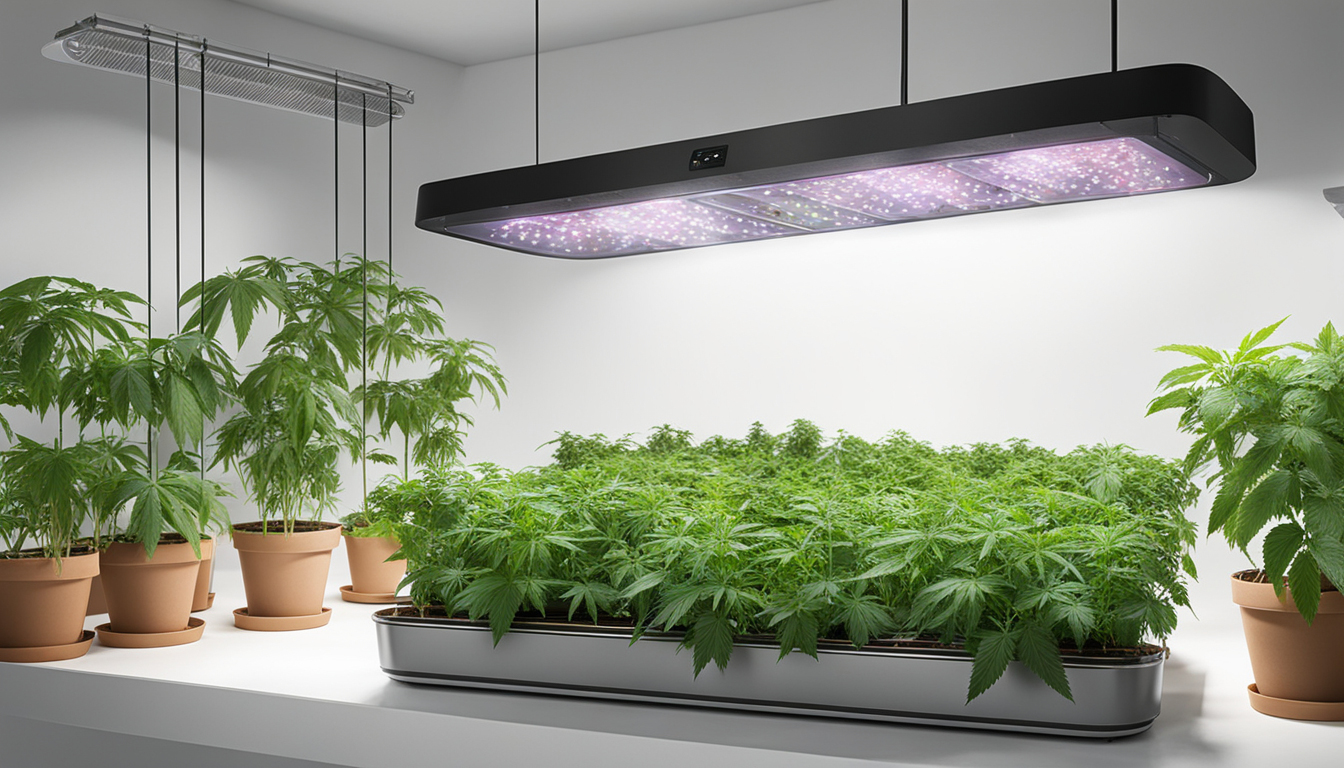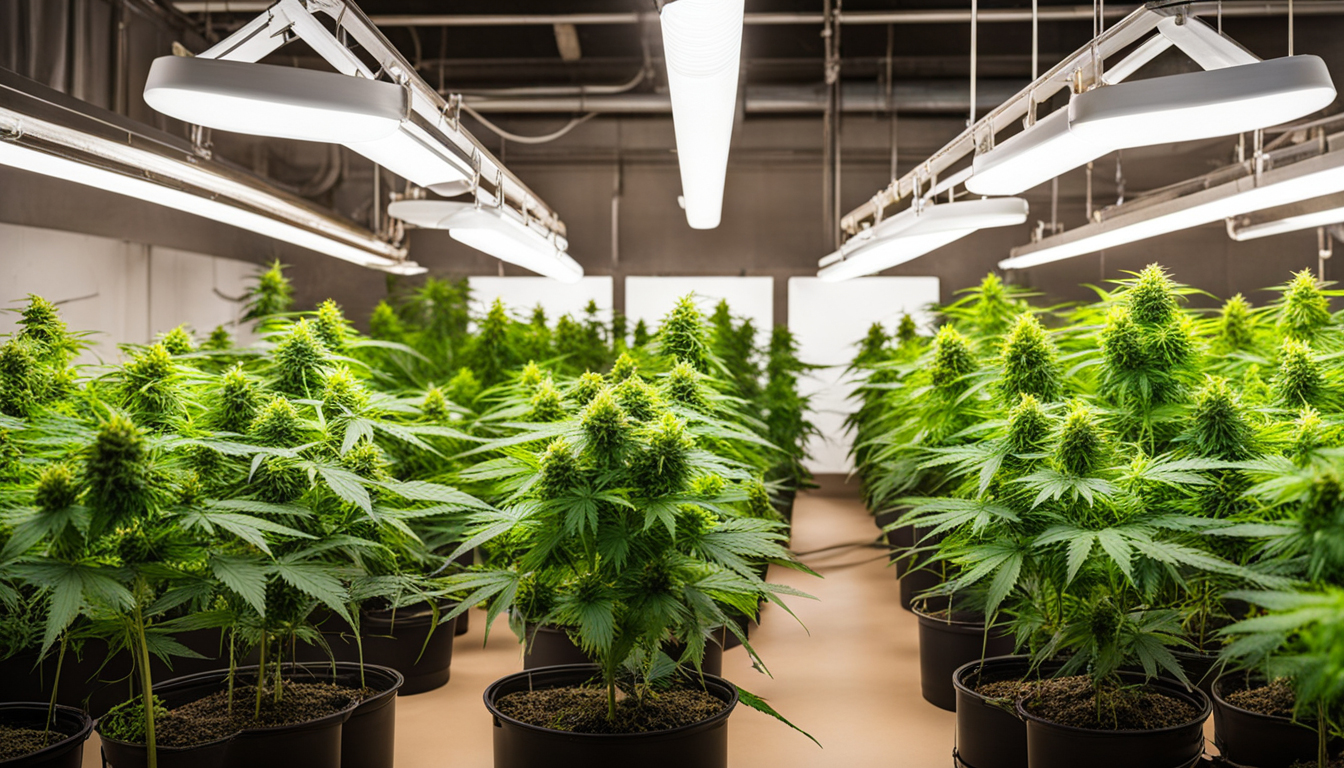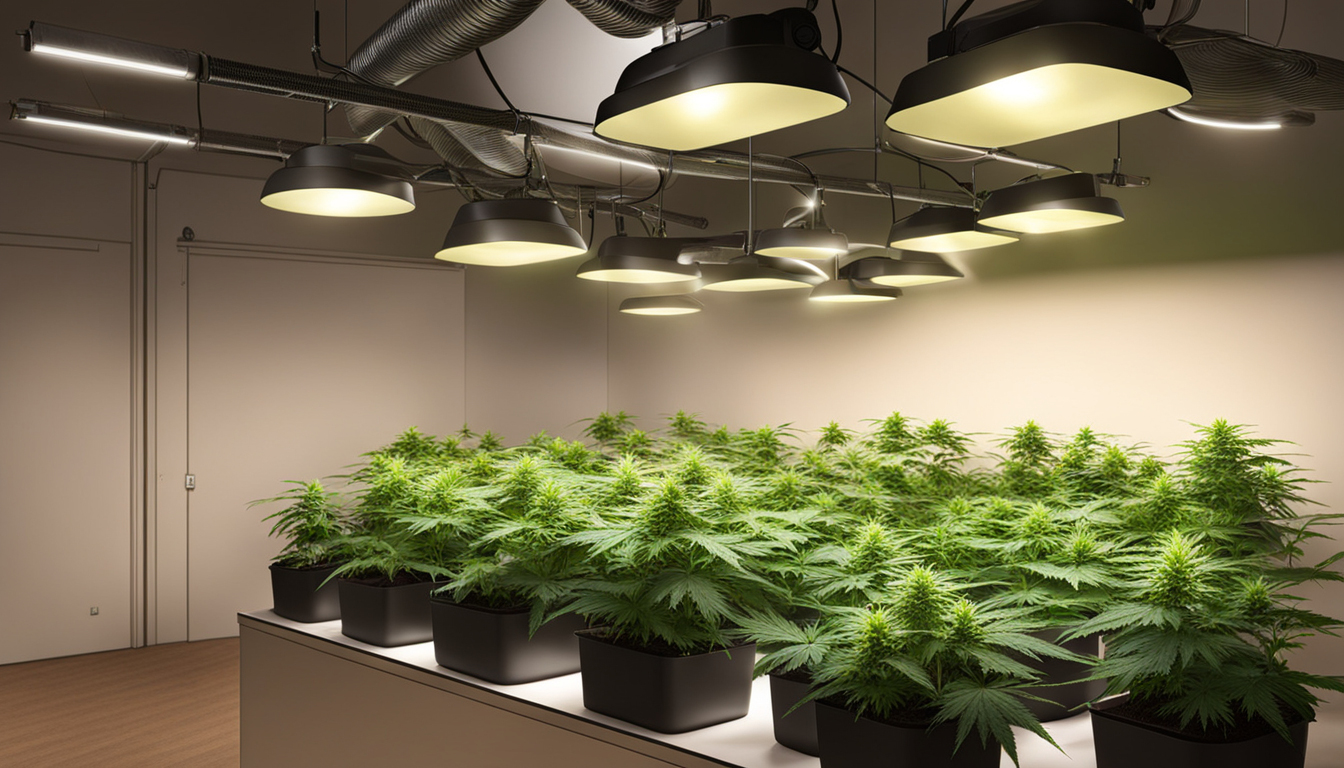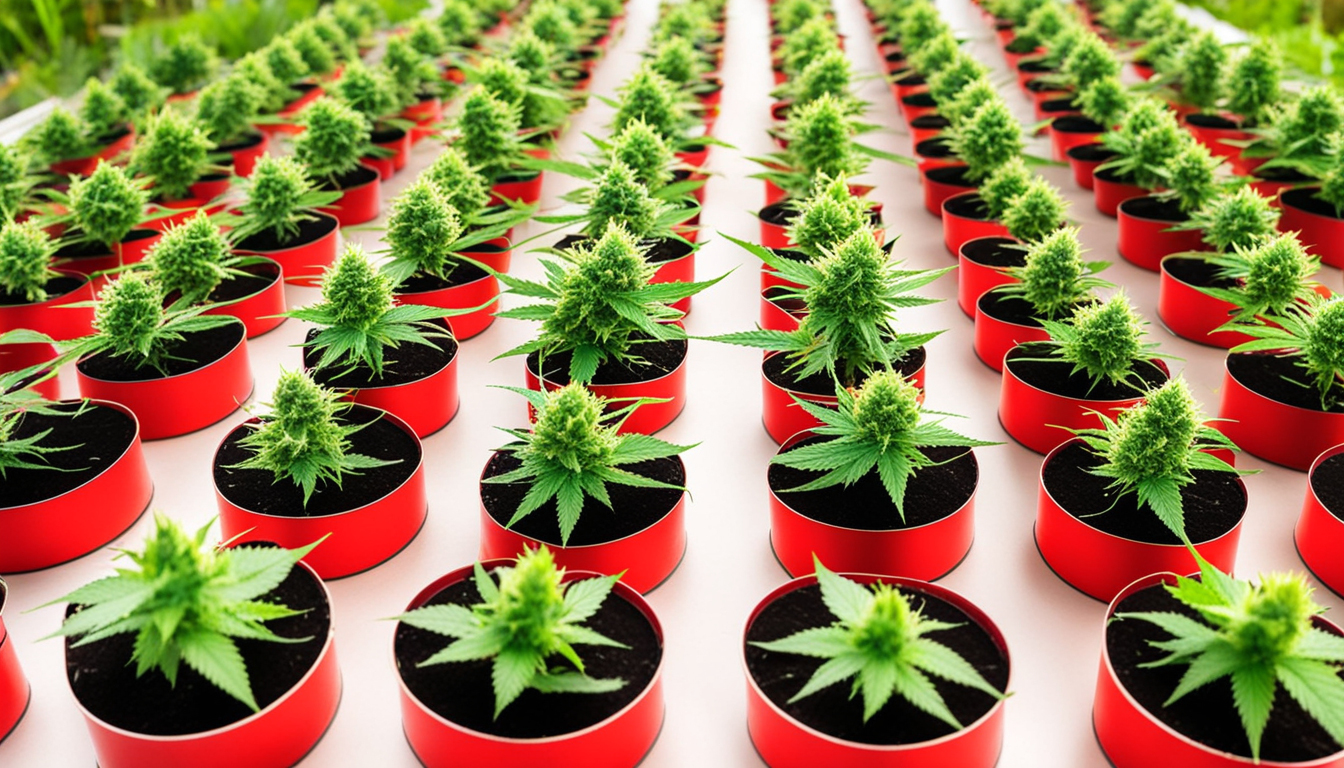
Whether you're just starting out with pot cultivation or looking to improve your existing crop, following this complete guide will help you produce bountiful, high-quality yields right at home. With the right equipment, techniques, and care, cultivating pot indoors can be an extremely rewarding and cost-effective endeavor.
Choosing Weed Strains
The first step in planning your indoor crop is choosing the right pot cultivars to cultivate. The three main types of weed plants each have their own traits.
Energizing strains
Known for their uplifting cerebral effects, these strains spread tall and slender with narrow leaves. They thrive in warmer equatorial climates and have a longer blooming time between 2.5-3 months indoors. Top energizing strains include Sour Diesel, Durban Poison, and Jack Herer.
Indicas
Indicas provide relaxing full-body effects and grow short and bushy with broad leaves. Accustomed to colder mountain climates, they bloom faster within 2-2.25 months. Popular indica strains include Granddaddy Purple, Northern Lights, and Bubba Kush.
Hybrids
Hybrid strains blend traits from both sativas and relaxing strains. They offer blended effects and have medium blooming times around 2.25-2.5 months. Popular mixes are Blue Dream, OG Kush, and Blue Dream.

Setting Up Your Grow Space
Pot plants need the right controlled environment to flourish. Key factors for indoor grows are lights, airflow, layout, and finding the ideal discreet spot.
Location
Choose an unused space with easy access to irrigation and power outlets. An empty extra bedroom, unused closet, basement corner, or cultivation tent securely placed in a garage all make great hidden grow room spots.
Lighting
Pot requires strong light for all growth stages. LED grow lights are efficient and come in broad spectrum options replicating natural sunlight. Provide 250-400 watts per square foot for the growth stage and 400-600 watts per square foot for bloom.
Airflow
Proper airflow and exhaust systems keep ideal temp, humidity, and pure CO2 levels. Set up quiet 10-15 cm blowers or scrubbers to refresh stale air and reduce smells.
Layout
Maximize your space by positioning plants strategically under the lights and allowing room to access and work around them. Set up distinct zones for growth, flowering, curing, and cloning.

Cultivation Substrates
Marijuana can be grown in different substrates, each with pros and cons. Pick a appropriate option for your particular setup and cultivation style.
Soil
The classic substrate, soil is affordable and simple for new growers. It provides great taste but requires more irrigation and fertilizing to nourish plants. Enrich soil with perlite or coco to enhance drainage.
Coconut coir
Made from coconut husks, reusable coconut fiber retains water but still lets in air to the roots. It's more sterile and more predictable than soil. Use coir-specific fertilizers to avoid accumulation.
Water systems
In hydro systems, plant roots develop directly in fertilizer irrigation solution. This allows quick development but needs close observation of water properties. DWC and drip systems are popular methods.
Germinating Seeds
Sprouting activates your marijuana seeds to start sprouting taproots. This readies them for transplanting into their growing medium.
Paper Towel Method
Put seeds between damp paper towels and maintain them damp. Check after 2-7 days for growing taproots indicating sprouting is complete.
Direct Planting
Plant seeds right into wetted cultivation medium 1⁄4 inch deep. Gently water and wait 1-2 weeks until seedlings break through the surface.
Rockwool Cubes
Soak rockwool cubes in balanced water. Place seeds 6mm deep into the cubes. Keep cubes moist until seedlings appear within a week to 2 weeks.
Repotting Seedlings
Once sprouted, marijuana young plants need to be transplanted to avoid overcrowding. Move them into proper sized containers.
Preparing Containers
Load large containers with growing medium amended with slow-release fertilizer. Let pots to absorb water overnight before transplanting.
Carefully Transplanting
Carefully loosen young roots from germination medium using a spoon. Place into pre-soaked pot at equal depth as before and lightly water in.
Vegetative Stage
The growth stage encourages foliage and plant form through 18-24 hours of daily light intensity. This stage usually lasts 1-2 months.
Using 3/4 to full day of Lighting
Use grow lights on a 24 hour cycle or natural sunlight to trigger nonstop growth. Lamp output influences height and internodal Find Out More spacing.
Fertilizing
Use vegetative stage nutrients higher in N. Make sure pH remains around 5.8-6.3 for full fertilizer absorption. Feed 1⁄4 to 1⁄2 strength after 2 weeks and increase gradually.
LST and topping
Fimming, LST, and trellising manipulate growth patterns for flat foliage. This boosts yields.

Flowering Stage
The flowering stage grows buds as plants show their sex under a 12/12 cycle timing. It lasts 2-3 months based on strain.
Changing Light Schedule
Switch grow lights to 12/12 or place outside for outdoor 12/12 timing. This signals plants to begin blooming.
Flushing
Flushing removes nutrient salts to enhance flavor. Feed lightly the first weeks then just use pH'd water the last 2 weeks.
Flushing
Continue 12 hour photoperiod but leach using neutral pH water only. Resume clean watering if buds aren't yet mature after two weeks.
Harvesting
Recognizing when pot is completely mature ensures maximum cannabinoid content and aroma. Harvest plants at optimal ripeness.
Signs of readiness
Check swollen calyxes, faded pistils, and 10-15% amber trichomes. Inspect buds around the plant as they don't all ripen evenly.
Harvesting plants
Use sterilized, razor-sharp trimming scissors to gently cut each plant at the base. Leave several inches of stem attached.
Curing
Suspend intact plants or colas upside down in a lightless room with moderate temp and humidity around 50-60% for 1-2 weeks.
Aging
Curing continues desiccating while aging the buds like fine wine. This technique mellows bitterness and further develops cannabinoid contents.
Curing containers
Manicure dried buds from branches and store into glass jars, filling about 75% capacity. Use a sensor to measure jar humidity.
Opening jars daily
Unseal jars for a few hours each day to slowly lower moisture. Remoisten buds if RH goes under 55%.
Final Cure
After 14-21 days when humidity levels off around 55-60%, perform a last trim and store forever in airtight jars.
Common Problems and Solutions
Even seasoned cultivators run into various pot plant problems. Detect issues soon and address them properly to keep a healthy garden.
Poor feeding
Yellowing leaves often indicate inadequate Learn More nitrogen. Purpling stems and leaves signal low phosphorus. Test pH and increase nutrients slowly.
Pests
Thrips, aphids, fungus gnats, thrips, and nematodes are frequent pot pests. Use neem oil sprays, predator bugs, and sticky traps for natural control.
Powdery mildew
High moisture encourages botrytis and bud rot. Increase airflow and venting while reducing humidity under 50% during flowering.

Conclusion
With this complete indoor marijuana growing guide, you now have the knowledge to cultivate plentiful potent buds for private grows. Follow these techniques and methods Click Here throughout the germination, growth, and bloom stages. Invest in good equipment and carefully check on your plants. In time, you'll be compensated with frosty aromatic buds you raised yourself under the loving care of your green hands. Happy growing